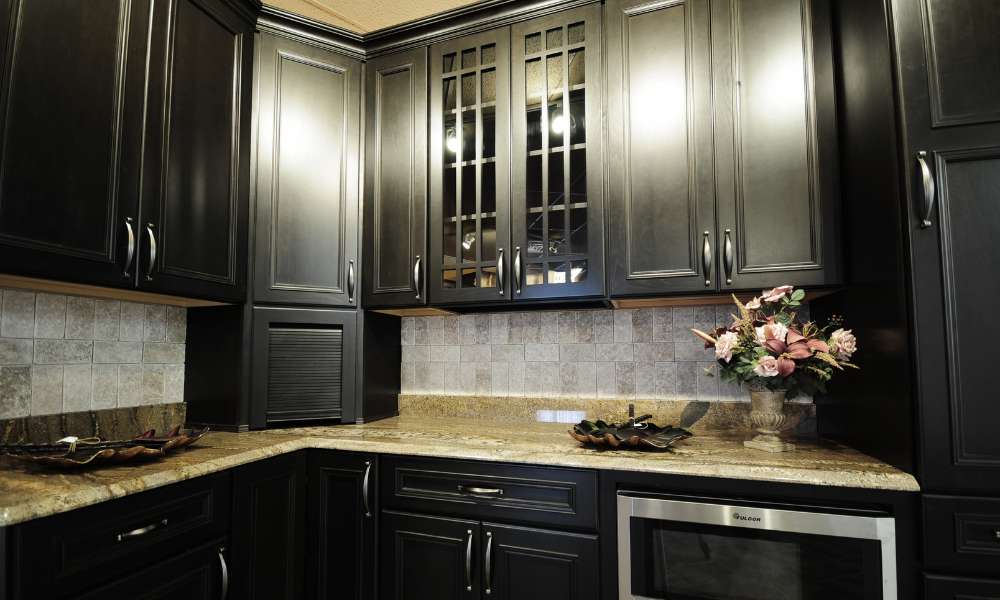Embarking on a journey to refresh your kitchen’s aesthetic doesn’t have to mean a complete renovation. Learning how to cover kitchen cabinets presents an innovative, cost-effective method to transform your cooking space with minimal effort. This guide is designed to show you the myriad benefits of opting to cover your kitchen cabinets, including a significant cost saving compared to full replacements, the ability to personalize your kitchen’s look to match your evolving style, and the straightforward process that makes this a project within the reach of DIY enthusiasts. Important considerations include choosing the right materials and techniques to achieve a lasting and attractive finish. By understanding the essentials of how to cover kitchen cabinets, you can breathe new life into your kitchen, enhancing both its appearance and functionality.
How Do I Choose The Right Material For Covering Kitchen Cabinets?
For those looking for a more luxurious option, solid wood cabinets offer a timeless and elegant look. However, they can be more expensive and require regular maintenance to keep them looking their best. Ultimately, the right material for your kitchen cabinets will depend on your personal preferences and priorities in terms of style, cost, and maintenance requirements.
Can I Cover My Existing Cabinets With Wallpaper?
Yes, it is possible to cover your existing cabinets with wallpaper as a way to update their look without the cost and hassle of replacing them. However, there are a few important factors to consider before proceeding with this project. Firstly, ensure that the cabinets are clean and free of any grease or residue that could affect the adhesion of the wallpaper. Additionally, make sure the wallpaper you choose is durable and suitable for use in a kitchen environment where it may be exposed to heat and moisture.
Preparing Cabinets For Contact Paper
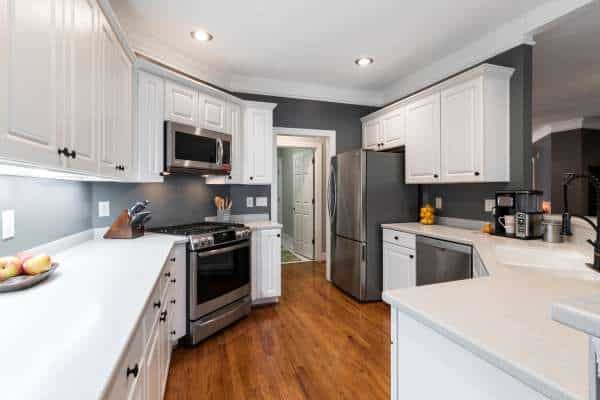
Preparing cabinets for contact paper is measuring and cutting the paper accurately. Take precise measurements of each cabinet door and drawer front, allowing for a slight overlap for easier installation. Cutting the contact paper with sharp scissors or a utility knife will help achieve clean edges and corners. Additionally, practicing on a small section before tackling larger areas can help you gain confidence and avoid mistakes during application.
Measuring Wallpaper Accurately

Accuracy in measuring is paramount when covering kitchen cabinets with wallpaper. Begin by calculating the height and width of each cabinet surface you plan to cover, adding a few inches to each measurement to allow for trimming and adjustments. It’s better to have excess wallpaper that can be trimmed away than to find yourself short on material. Remember, precise measurements lead to a polished, professional-looking finish, minimizing waste and ensuring you buy just the right amount of wallpaper.
Dealing With Corners And Edges
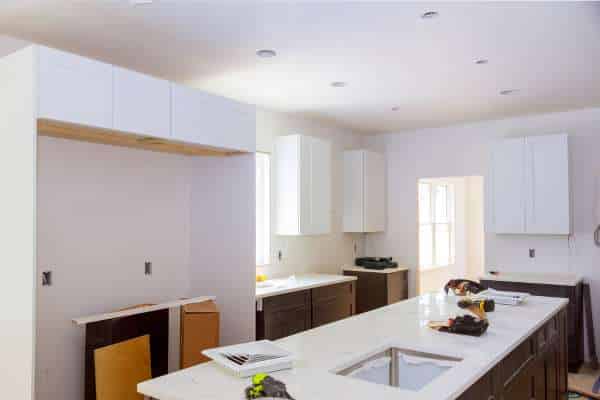
Corners and edges present unique challenges when covering cookhouse cabinets, requiring careful attention to detail. When applying contact paper or wallpaper, use a plastic smoother to gently work the material into the corner, ensuring it adheres without creasing or bubbling. For edges, precision cutting with a sharp craft knife can create clean lines that blend seamlessly with the cabinet’s contours. Patience and careful handling are your best tools in achieving a flawless finish around these tricky areas.
Proper Disposal Of Old Cabinet Coverings
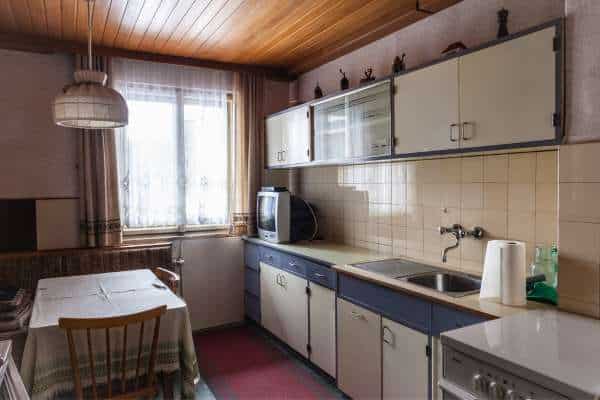
Proper disposal of old cabinet coverings is crucial in ensuring environmental responsibility and waste reduction. One sustainable option is to upcycle the old coverings by transforming them into DIY projects such as creating personalized wall art or repurposed furniture pieces. Additionally, consider donating the coverings to local charities or organizations that may have a need for materials for their own renovation projects. This not only reduces waste but also supports community initiatives and promotes a circular economy mindset.
Fixing Bubbles In Contact Paper

Fixing bubbles in contact paper can be a frustrating task, especially when trying to achieve a flawless finish on cookhouse cabinets. One effective solution is to use a small pin or needle to carefully puncture the bubble, then gently press out the air and smooth down the contact paper. Another technique is to use a hairdryer on low heat to soften the adhesive, making it easier to remove any air bubbles by gently smoothing them out with your hands.
Addressing Issues With Peeling Paint
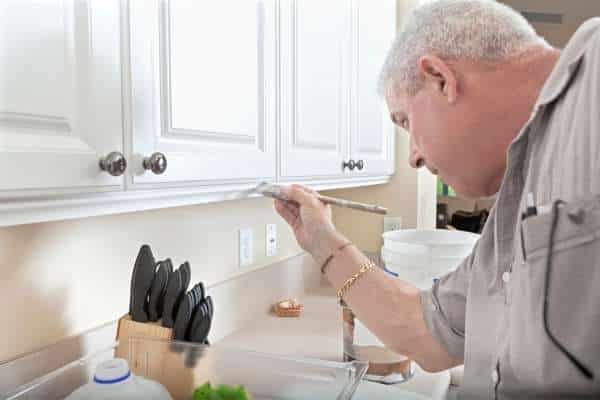
Peeling paint can mar the appearance of kitchen cabinets, making them look neglected. Before covering them, it’s crucial to address this problem to ensure a smooth, durable finish. Start by scraping off loose paint and sanding the surface to achieve a uniform texture. Applying a primer is essential for ensuring the new paint adheres properly and lasts longer. Selecting the right type of paint is also critical; semi-gloss or high-gloss options are preferable for kitchen cabinets due to their moisture resistance. This preparatory work is key to successfully covering your cabinets and revitalizing your kitchen’s look.
Materials Suitable For Interior Covering
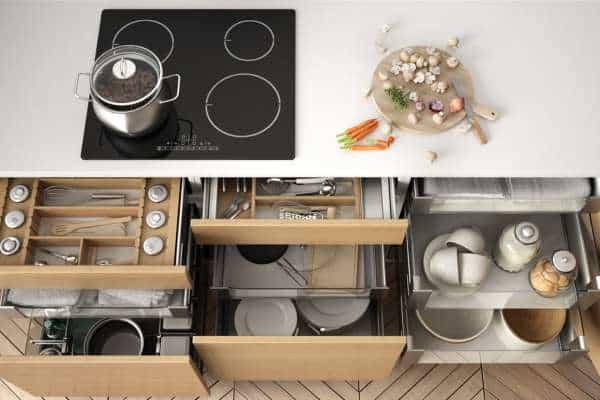
For a more modern and sleek appearance, consider using acrylic or high-gloss materials for your kitchen cabinet covers. These materials provide a glossy finish that reflects light beautifully, creating a contemporary look in the kitchen space. They are also resistant to moisture and stains, making them suitable for high-traffic areas like the kitchen. Ultimately, the choice of material for covering kitchen cabinets depends on personal preference as well as considerations such as budget and maintenance requirements.
Environmentally Conscious Covering Options
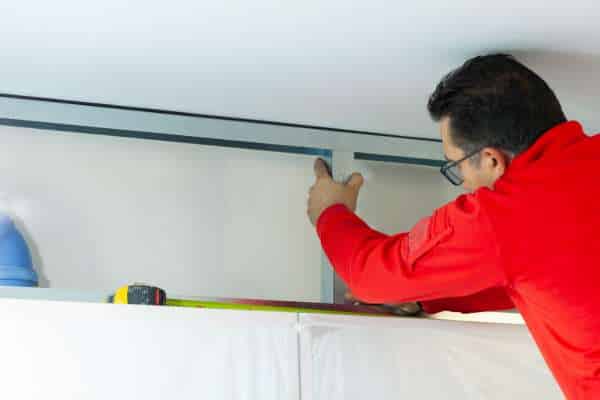
In today’s eco-aware world, selecting environmentally friendly options to cover kitchen cabinets is increasingly important. Materials like recycled paper products, low-VOC paints, and sustainable wood veneers offer a way to update your kitchen without harming the planet. These options not only contribute to a healthier environment but also add a unique story to your kitchen’s design. Additionally, using reclaimed materials can add character and history to your space. By choosing eco-conscious materials, you’re making a statement about the importance of sustainability, all while achieving a beautiful, updated look for your kitchen.
Blending Cabinets With Kitchen Decor

One creative way to blend cabinets with kitchen decor is to use cabinet covers that match the overall style and color scheme of the room. By choosing covers that complement the existing design elements, such as countertops, flooring, and backsplash, you can create a cohesive look that ties everything together seamlessly. Consider using materials like wood veneer or laminate covers for a modern touch, or opt for custom-made covers in unique patterns or textures for a more eclectic vibe.
Adding Texture To Cabinet Surfaces
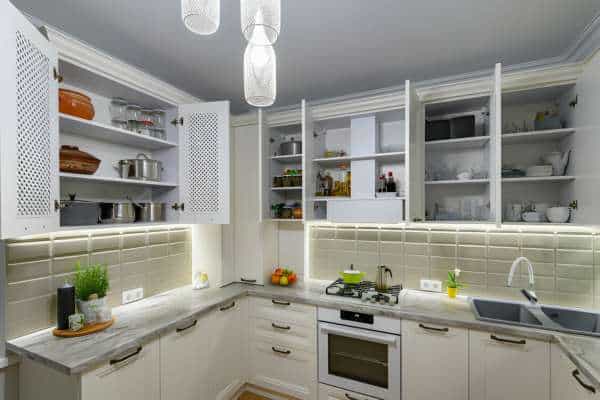
A popular way to add texture to cabinet surfaces is through the use of adhesive vinyl. This versatile material comes in a variety of textures, such as wood grain, stone, and fabric patterns, allowing you to create a custom look for your kitchen cabinets. Additionally, adhesive vinyl is easy to apply and remove, making it a convenient option for those looking to update their cabinets without the commitment of permanent changes.
Balancing Colors For A Cohesive Appearance
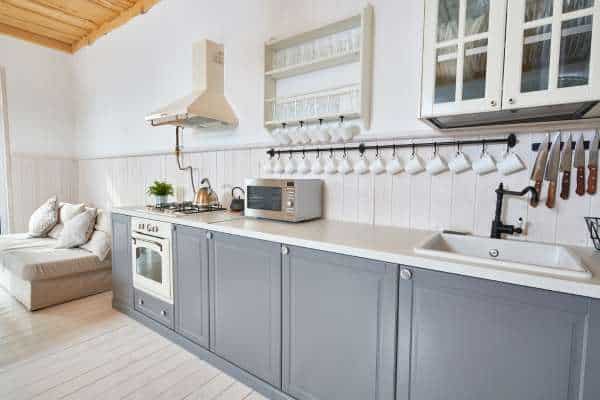
To enhance the balance of colors in your kitchen, don’t forget about the smaller details like hardware and accessories. Opt for metallic finishes like brushed nickel or brass to add a touch of elegance while tying together different color elements in the room. Additionally, consider adding pops of color through decorative items like towels, rugs, or small appliances to inject personality into the space without overwhelming the eye with too many competing hues. By carefully considering each element’s color contribution, you can achieve a well-balanced and visually appealing kitchen design that feels both polished and inviting.
The Final Thought
Covering kitchen cabinets is a cost-effective and efficient way to update the look of your kitchen. By following the steps outlined in this article, you can achieve a professional and polished finish that will enhance the overall aesthetic of your space. Remember to properly prepare the surface, choose high-quality materials, and take your time during the application process for best results. With careful planning and attention to detail, you can transform your kitchen cabinets into a stylish focal point that adds value to your home. Take the first step towards a kitchen makeover today by exploring different covering options and starting your renovation project.

